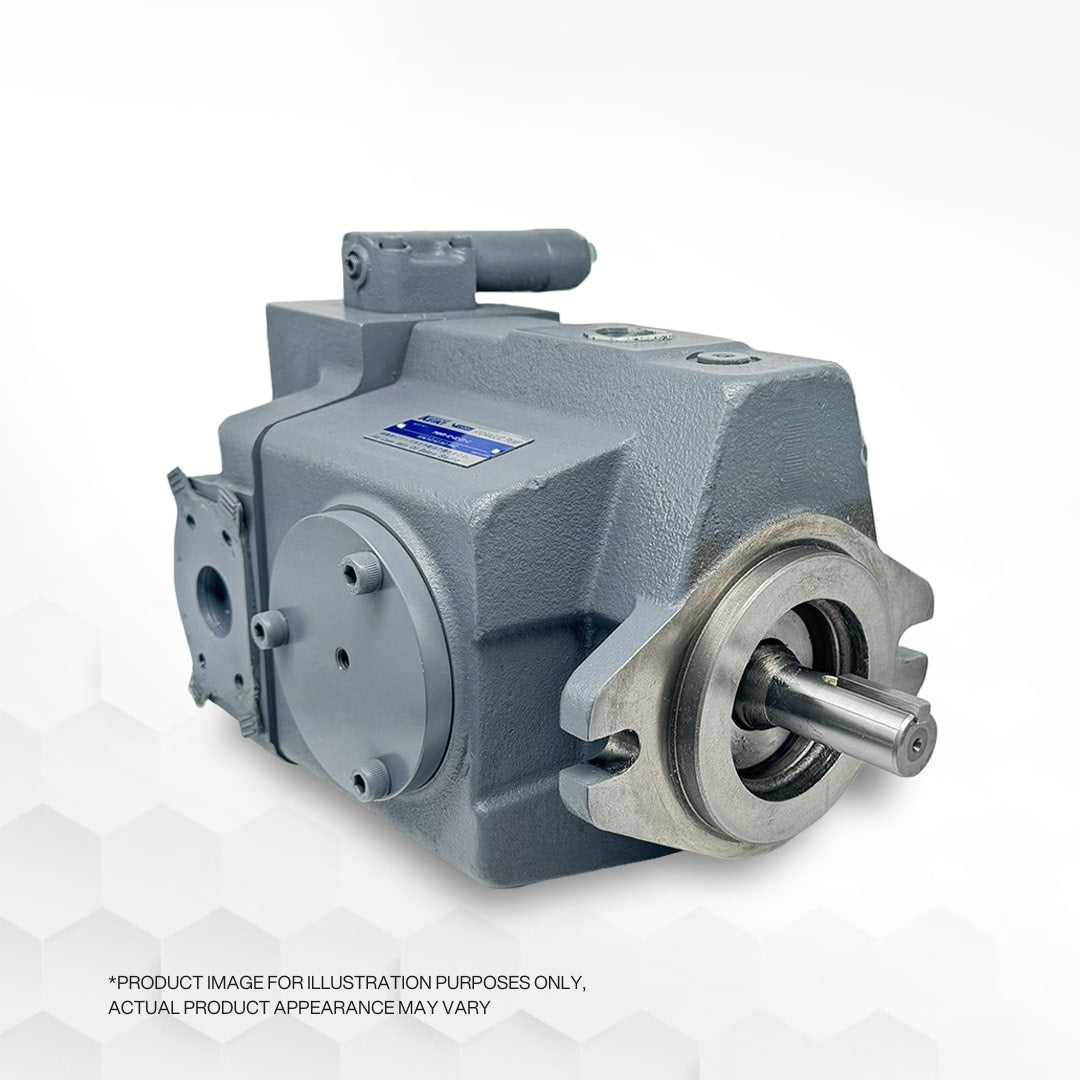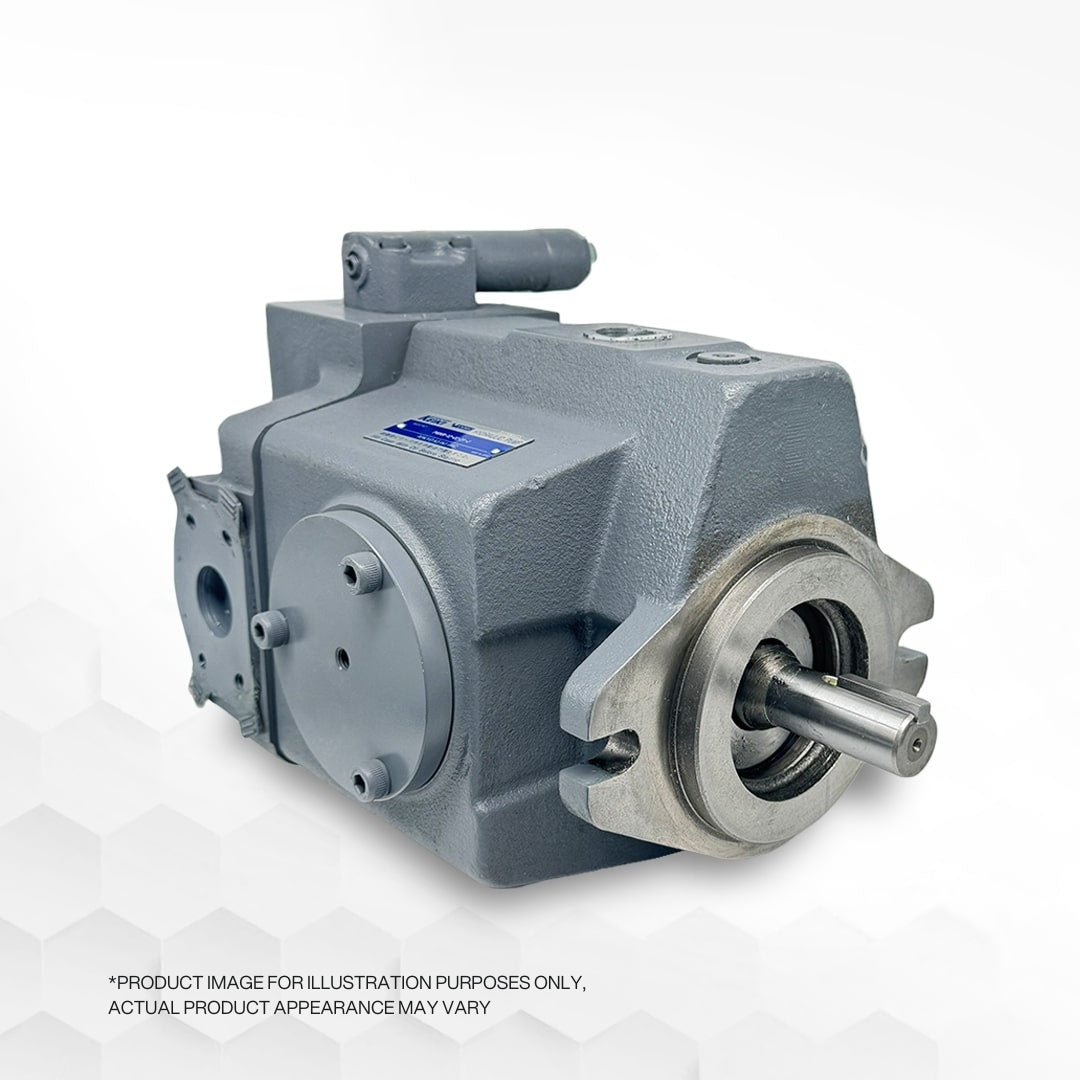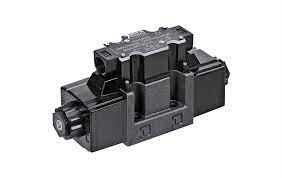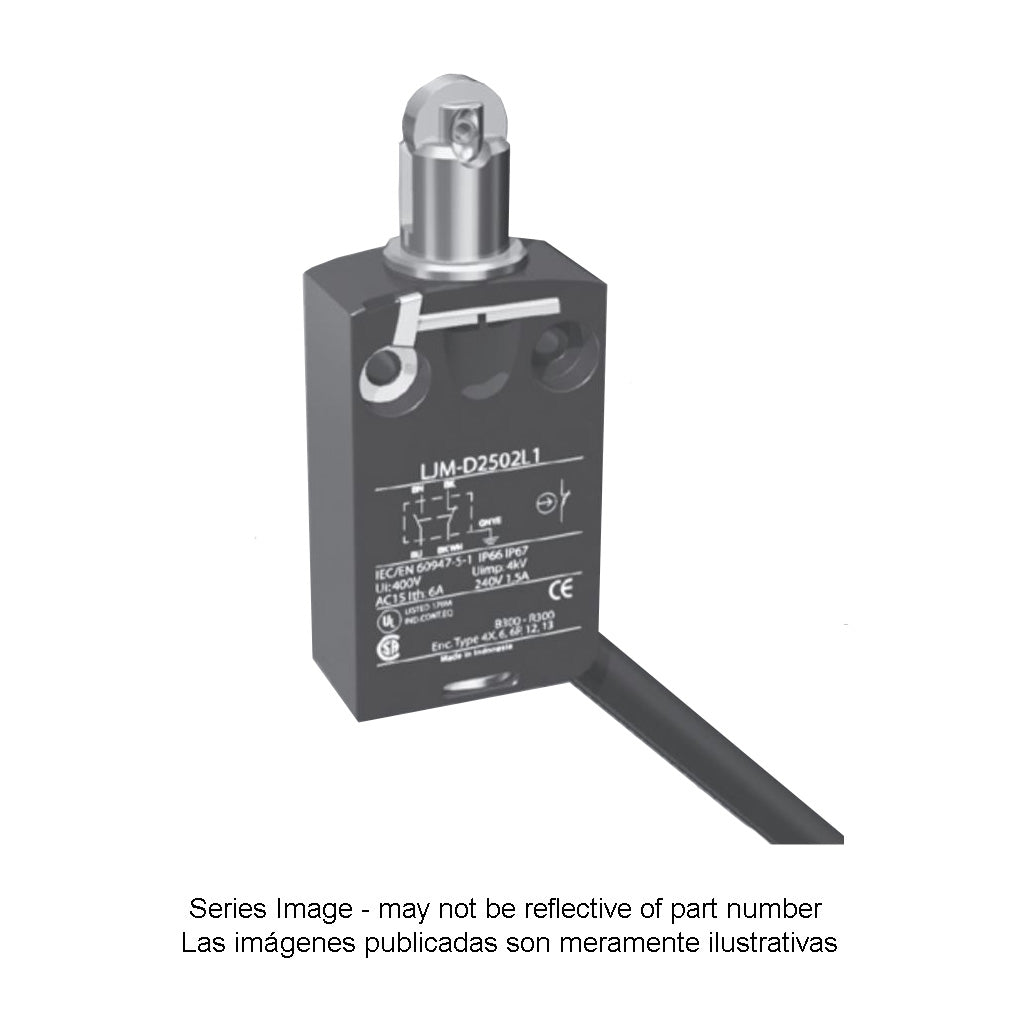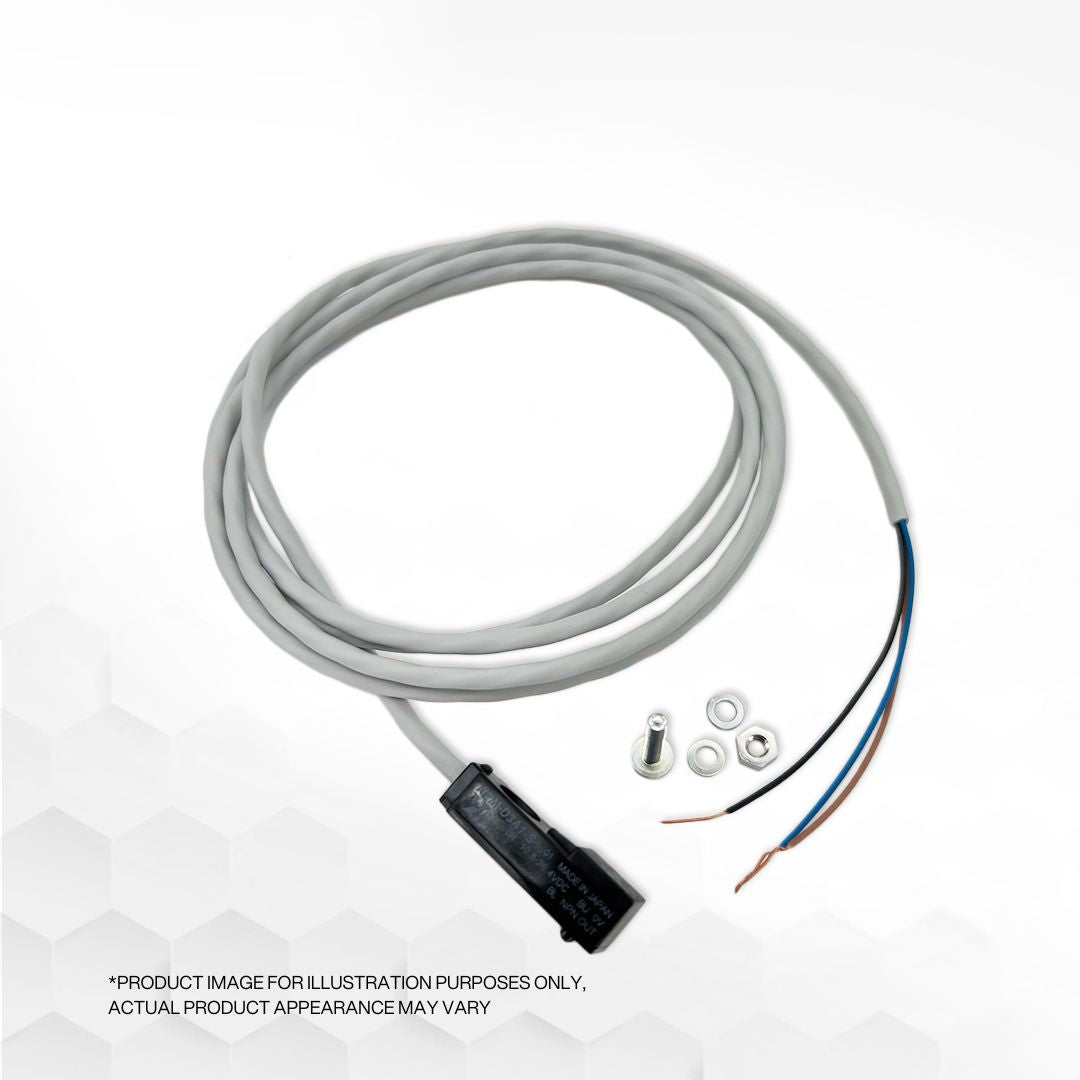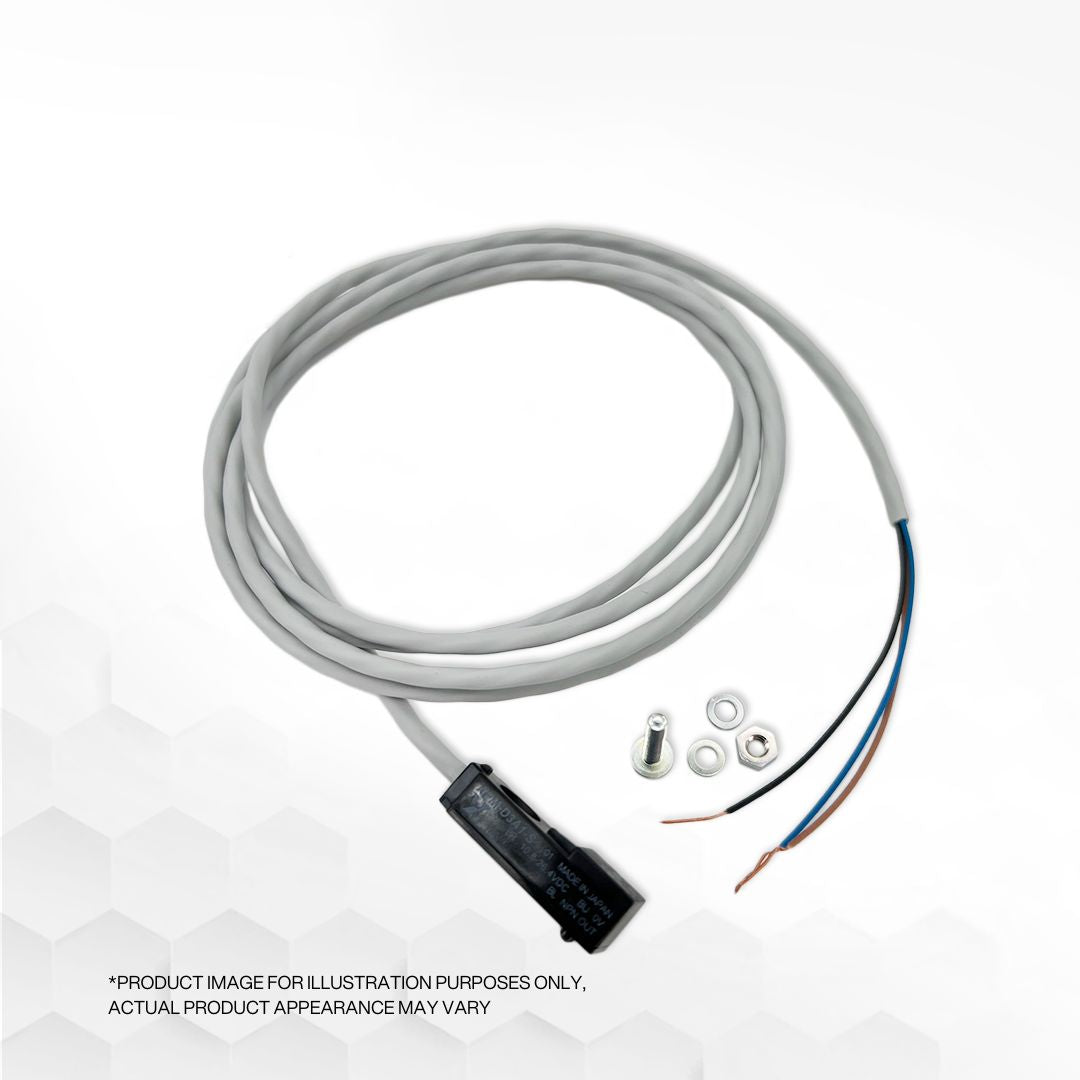
How to System Test the Flow Control Valve
Pressure-compensated flow control valves are designed to maintain a constant fluid flow through a variable orifice by utilizing a compensator that shifts based on workload changes. This ensures a consistent pressure drop over the valve's variable orifice, regulating the flow according to the orifice setting. The compensator's function is to dominate the pressure at the variable orifice, resulting in smooth operation and constant flow through the valve, regardless of actuator load changes.
Troubleshooting pressure-compensated flow control valves can be made easier by installing pressure gauges at the inlet port (TP1), outlet port (TP2), and internal pressure chamber (TP3). Common problems and solutions for these valves include issues with the pressure-reducing element, improper pressure differentials between the main system pressure and actuator working pressure, sticking compensator spool, weary or contaminated return-flow check valve, and improperly discharged drain line inflow control valve.
The restrictor type of pressure-compensated flow control valve is most commonly used due to its versatility for meter-in, meter-out, and bleed-off circuits. The actuator's size should be carefully chosen to maintain a pressure differential between the system pressure and actuator working pressure, typically ranging between 75 and 175 psi.
Pressure-compensated flow control valves can experience breakdowns due to fluid contamination, worn internal parts, and inadequate circuit design. It is essential to follow the valve manufacturer's recommendations and conduct regular inspections to ensure proper functioning and prevent potential issues.
